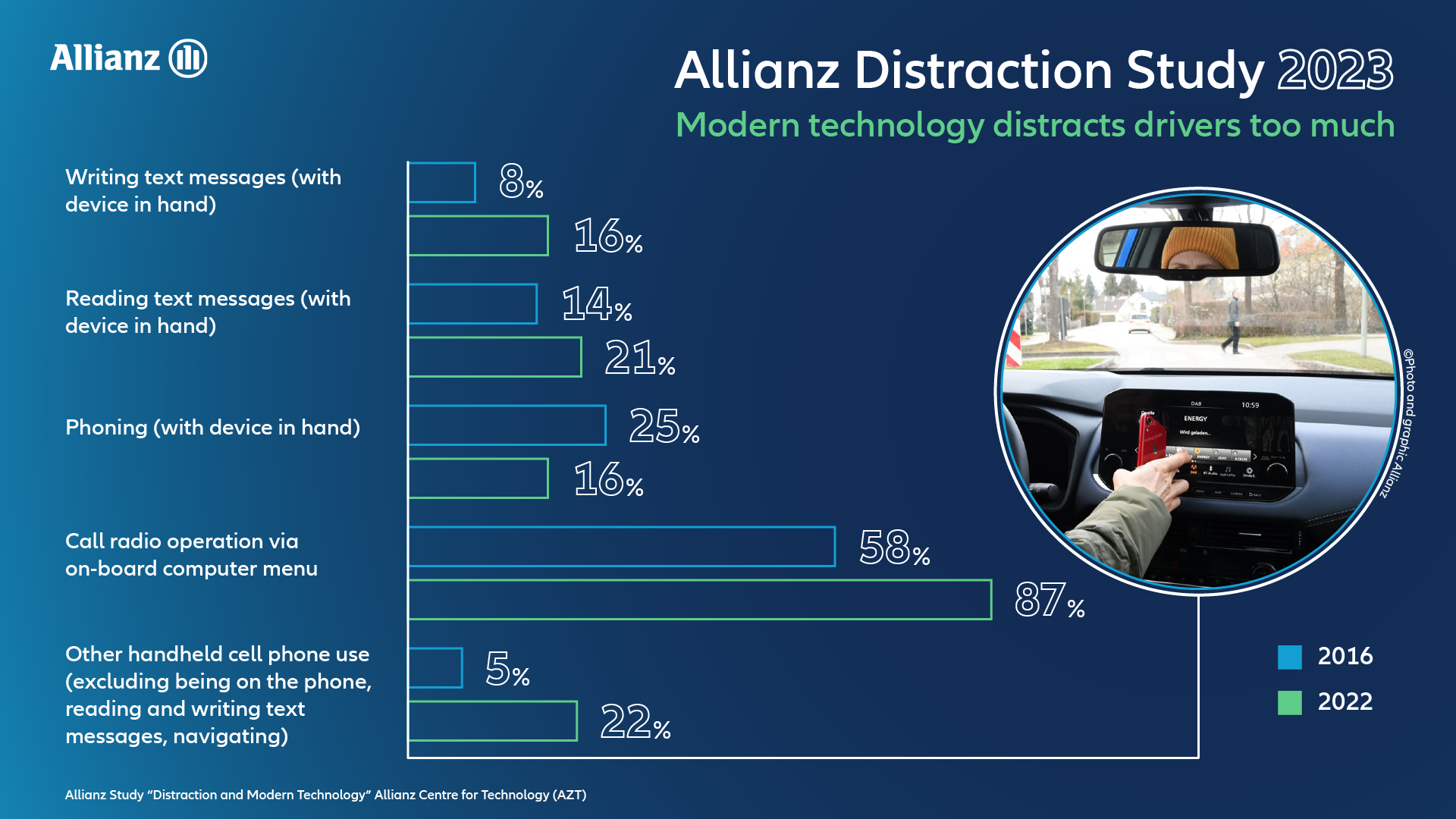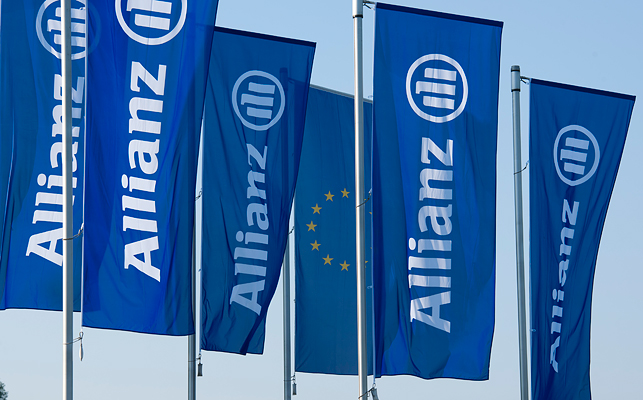The complete study "Distraction and modern technology" by Dr. Jörg Kubitzki as well as images and additional information is available electronically. The report is based on a representative survey of 1202 car drivers in Germany, conducted by Allianz Center for Technology (AZT) in partnership with the Gesellschaft für Innovative Marktforschung mbH (GIM).
The complete study "Distraction and modern technology" by Dr. Jörg Kubitzki as well as images and additional information will gladly be provided electronically and will be available on the website of the Allianz Center for Technology (Allianz Zentrum für Technik). The report is based on a representative survey of 1202 car drivers in Germany, conducted by Allianz Center for Technology (AZT) in partnership with the Gesellschaft für Innovative Marktforschung mbH (GIM).
The full text of the study (in German language only) and the associated press release can also be found in the download area of the Allianz Center for Technology website.



